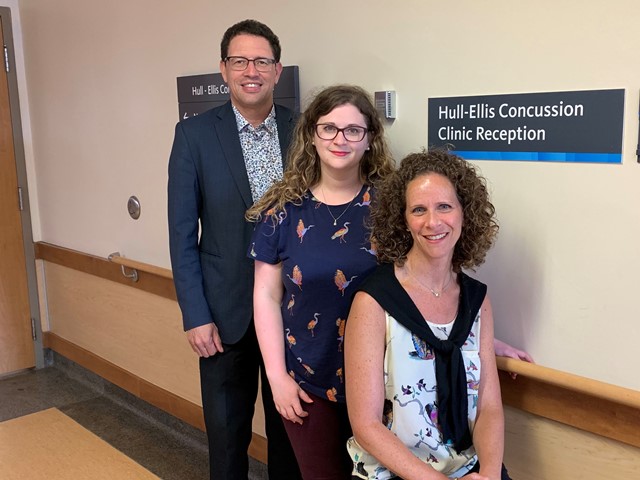
By Ellen Rosenberg
With concussions seeming more common than ever before, researchers at Toronto Rehabilitation Institute – University Health Network, set out to answer the question, “Are we looking at a true epidemic, or just better recognition?”
By embarking on the largest-scale study on concussions ever undertaken in Canada, the researchers discovered that 150,000 Ontarians (1.2 per cent of the province’s population) are diagnosed with a concussion each year.
That’s almost twice as high as previously recorded, and may represent a closer estimate of the true picture of concussion in Ontario.
Their findings were published the Journal of Head Trauma Rehabilitation.
“Past research has looked at the incidence of concussion by examining a particular population; cause of injury; or used a single reporting source, such as records from the Emergency Department. This can under-represent estimates of the real incidence of concussion,” says Laura Langer, Research Analyst and Lead Author.
“Our study revealed concussion rates that are almost double what has been previously reported, and highlights the critical importance of looking at everyone who sought medical attention for their concussion.”
These more accurate estimates support the importance of ongoing awareness around concussion symptoms and management, and the need for more specialized concussion clinics near populations that need them the most.
Concussions in Ontario – who is at risk?
By leveraging the ICES Data Repository – a province-wide archive that integrates multiple clinical and administrative health databases – the team captured an unprecedented, comprehensive, view of concussion rates in Ontario between 2008 and 2016.
Here is what they found:
- About 150,000 Ontarians experience a concussion each year
- Children under 5 experience the highest rate of concussion among all Ontarians
- Adults over 65 – especially women – experience a higher rate of concussion than younger adults
- 26 per cent of all concussions are diagnosed in the summer
- Rural communities experience a higher rate of concussion than non-rural communities
- Though most concussions are diagnosed in the Emergency Department, more and more patients with concussion symptoms are visiting their own doctors
Epidemic or better recognition?
According to the team, the high rate of reported concussions is likely influenced by a number of factors, including increased public awareness from athletes and the media, new mandatory reporting laws, and the release of numerous diagnostic and management guidelines for physicians and patients.
Future directions
As an increasing number of patients are visiting their doctors when they experience a concussion, it’s more important than ever to educate primary care physicians on concussion symptoms and management.
Furthermore, these findings can be vital for helping to inform future healthcare planning: Now that we’re able to identify who is at greatest risk, and where they live, we have an opportunity to ensure that high-risk patients have access to specialized concussion clinics.
Ellen Rosenberg works in communications at University Health Network.

